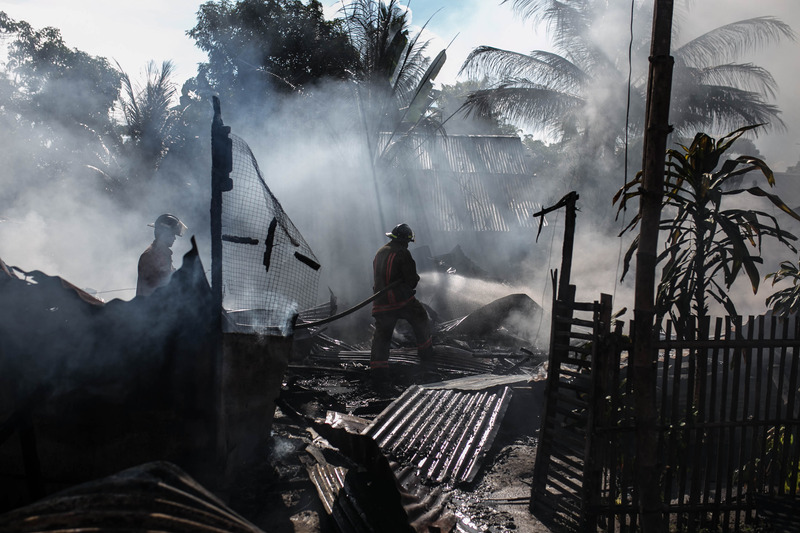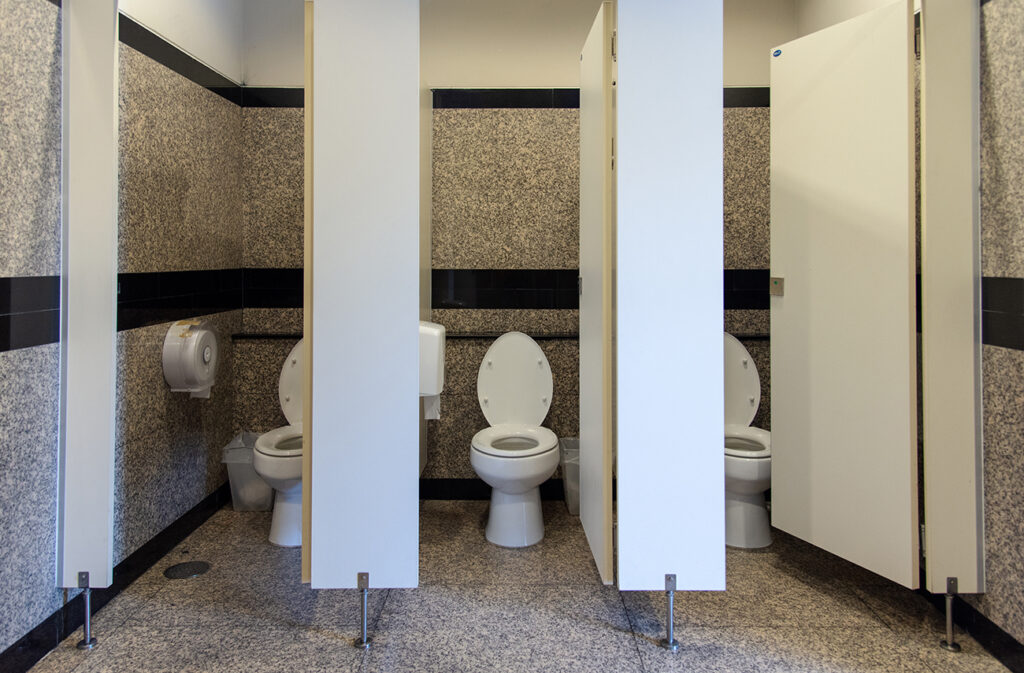Healthcare facility managers’ task is to balance lower operations expenses while maintaining patient comfort and safety. Energy savings tips for hospitals highlight initiatives facility managers need to consider. The initiatives discussed below offer conservation through reduced usage of building systems, lower energy use from better efficiency, and some secondary benefits that increase energy conservation related to other building systems.
Healthcare facilities and hospitals can improve their energy efficiency – while keeping their patients comfortable – with these tips from SLM Facility Solutions.
Energy-Efficient Lighting
Lighting systems are utilized around the clock in most areas of a hospital. In some areas, constant use of lighting systems can be cut by de-lamping. De-lamping not only conserves energy consumption but minimizes heat gain to reduce the cooling load and energy use.
Daylighting controls implemented in hospitals reduce the amount of artificial light delivered by lighting systems based on the amount of natural light available. This lighting method helps to lower energy costs.
It’s not always an option to shut lights off to reduce energy costs. This means lighting energy savings tips for hospitals concern conservation from the fixture. Retrofitting old, inefficient lighting systems with new, efficient models helps a facility conserve energy and generate cost savings despite consistent use.
Newer, more energy-efficient lighting options such as LED bulbs use less energy, produce less heat and offer service life many times greater than incandescent and CFL bulbs. Additionally, this reduces heat gain for better HVAC energy efficiency and maintenance needs also decrease. Ultimately, generating cost savings beyond the areas addressed through energy savings tips for healthcare facilities. Identify practical areas of the facility for lighting control systems. Occupancy lighting sensors in patients’ rooms, exam rooms, waiting rooms, bathrooms, and other spaces automate the use of lighting systems and conserve energy when lights are not required.
Maximizing Ventilation
Commercial air handlers used for heating and cooling offer ventilation through their economizer cycle, which brings fresh air into healthcare facilities for use in maintaining indoor temperatures.
Over time, HVAC components such as actuators, controls, and dampers may experience malfunctions, though not severe enough to prevent operation. However, when systems continue to operate with such issues present, energy consumption increases. Regular maintenance and inspection for these components corrects and prevents malfunctions to eliminate excessive energy consumption by the system.
Plumbing Solutions
Energy savings for hospitals also focuses on the conservation of natural resources, including water. Hospitals that retrofit bathrooms with low-flow plumbing fixtures drastically reduce water consumption and waste. Automatic “hands-free” fixtures not only reduce the amount of water used by the tap, but also help facilities reduce the spread of germs, viruses, and hospital-acquired infections.
HVAC Controls
Patient room temperature has a direct impact on patient comfort and satisfaction. With zoned comfort in a hospital, room occupants remain in control over temperatures. However, this can increase energy consumption and operating expenses for the facility.
Limiting the allowable temperature range available to room occupants helps the facility control costs while providing patients and staff with the climate control they desire, too.
Implement Energy Savings Tips for Hospitals with Help from SLM
SLM Facility Solutions helps hospitals and healthcare facilities improve energy efficiency and increase conservation to lower operational expenses while preserving patient health and safety. We work to implement the energy savings tips for hospitals mentioned above to optimize facility management. Learn more about our available services and request a quote – contact us today.



